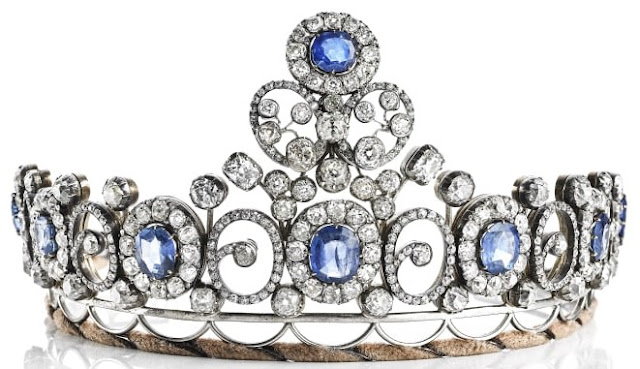
When it comes to royal engagement rings, few can match the elegance and history of those worn by members of the French monarchy. These pieces of jewelry not only represent love and commitment, but also embody centuries of tradition, wealth, and artistic craftsmanship. A French royal engagement ring is not just a symbol of an engagement, but an heirloom that passes through generations, often steeped in fascinating stories of romance and power. From intricate designs to rare gemstones, these rings have dazzled the world for centuries. In this article, we take a closer look at the most stunning French royal engagement rings, some of which have set the standard for what an engagement ring could represent.
The most iconic and historical French royal engagement ring belongs to none other than Princess Diana. The stunning sapphire engagement ring, featuring a 12-carat oval blue sapphire surrounded by 14 diamonds, was originally presented to her by Prince Charles in 1981. The ring was distinctive not only because of its unique design but also because of the striking blue sapphire at its center. This choice marked a departure from the traditional diamond engagement rings of the time. After Diana’s tragic death, the ring was passed on to her son, Prince William, who later gave it to his wife, Kate Middleton. This ring has since become a symbol of enduring love and is one of the most famous royal engagement rings in modern history.
Another breathtaking French royal engagement ring belongs to Queen Marie Antoinette. Her ring, believed to be made of diamonds and possibly featuring a large diamond at its center, was one of the many extravagant pieces of jewelry she owned. Marie Antoinette, known for her lavish tastes, set trends in courtly fashion and jewelry. The French queen’s engagement ring was not only an exquisite display of opulence but also a testament to the grandeur of the French monarchy before the revolution. Though the specifics of her engagement ring remain somewhat mysterious, it is clear that it symbolized the immense wealth and prestige of the royal family.
King Louis XVI’s engagement to Marie Antoinette is just one example of the stunning jewelry associated with the French monarchy. In addition to Marie Antoinette’s ring, Louis XVI himself had a penchant for fine gemstones. The royal couple’s engagement was an opulent affair, and the engagement ring they exchanged was part of a much larger collection of rare and valuable jewels. Louis XVI’s own rings were made with diamonds and other precious stones, reflecting his status and the grandeur of the French crown.
Moving to more contemporary French royalty, the engagement ring of Princess Charlene of Monaco stands out as an exquisite example of modern royal elegance. Prince Albert II of Monaco proposed to Charlene Wittstock with a stunning 3-carat diamond ring set in platinum. The understated yet striking design reflects the elegance of Monaco’s royal family, which has a rich history of style and glamour. The ring combines simplicity and luxury, reflecting Charlene’s understated approach to royal life.
French royal engagement rings, whether from the past or present, are symbols of not just personal love but also political alliances, national identity, and wealth. Each engagement ring tells its own story, contributing to the larger-than-life legacy of France’s royal families. From the exquisite blue sapphire of Princess Diana’s engagement ring to the regal and majestic pieces owned by Marie Antoinette, these rings have dazzled the world, leaving a lasting legacy of royal sparkle.
These rings continue to captivate those interested in royal jewelry and history. Their stunning designs, rich histories, and the love they symbolize offer a glimpse into the lives of some of the most powerful and revered families in history. Each engagement ring represents a chapter in the grand story of French royalty, adding to the mystique and allure of royal engagements.
